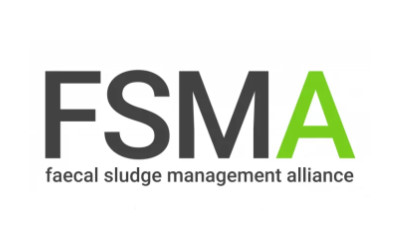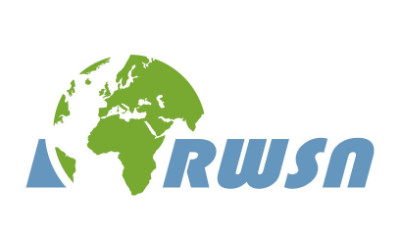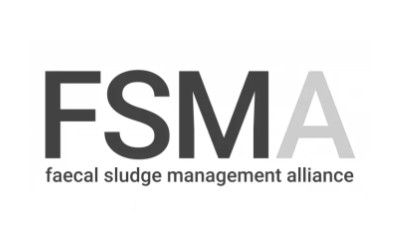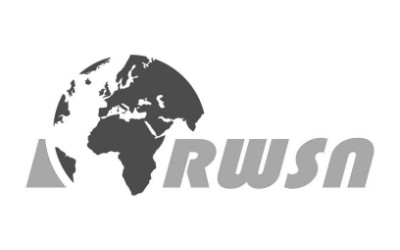The main objective of a sanitation system is to protect and promote human health by providing a clean environment and breaking the cycle of disease.
To qualify as sustainable sanitation, a sanitation system has to be economically viable, socially acceptable, technically and institutionally appropriate, and protect the environment and natural resources.
Most sanitation systems have been designed with these aspects in mind, but they fail far too often because some of the criteria are not met. In fact, there is probably no system which is absolutely sustainable. The concept of sustainability is more of a direction than a state to reach. Nevertheless, it is crucial that sanitation systems are evaluated carefully with regard to all dimensions of sustainability.
Since appropriateness to the context is such a core criterion for sustainable sanitation, there is no one-size-fits-all sanitation solution. However, taking into consideration the entire range of sustainability dimensions, it is important to observe some basic principles when planning and implementing a sanitation system (see below).
SuSanA believes that the following sustainability dimensions (or "criteria") should all be considered in the design or upgrade of a sanitation system.
Health and hygiene
Includes the risk of exposure to pathogens and hazardous substances that could affect public health at all points of the sanitation system, from the toilet via the collection and treatment system, to the point of reuse or disposal and downstream populations.
This dimension also includes hygiene aspects as well as possible impacts on nutrition and health resulting from the application of a certain sanitation system.
Environment and natural resources
Includes issues such as the water, energy and other natural resources required for construction, operation and maintenance of the system, as well as the potential emissions to the environment resulting from use. Also includes aspects of safe recycling and reuse of excreta (and any associated effects, for example reusing wastewater, returning nutrients and organic material to agriculture).
Furthermore, it includes effects on consumption of non-renewable resources (for example excreta-derived biogas replacing fossil fuel use).
Technology and operation
Incorporates the functionality of the system, and the extent to which the entire system – including collection, transport, treatment and reuse and/or final disposal – can be constructed, operated and monitored by the local community or the technical teams of the local utilities.
Furthermore, the robustness of the system, its vulnerability to power cuts, water shortages, floods, etc. are also included in this criterion. Finally, the flexibility and adaptability of its technical elements to the existing infrastructure, geology, and projected demographic and socio-economic developments should also be taken into account.
Financial and economic issues
This dimension includes the capacity of households and communities to finance the sanitation system, including the construction, operation, maintenance and necessary reinvestments in the system. In such calculations, direct benefits – for example income or savings from recycled products – and external costs and benefits have to be taken into account alongside such direct costs.
The external costs might include environmental pollution and health hazards. Benefits may include increased agricultural productivity and subsistence economy, employment creation, improved health and reduced environmental risks.
Socio-cultural and institutional aspects
The criteria in this category evaluate if the sanitation system is socio-culturally acceptable and appropriate for the users. Further considerations include the following aspects: Convenience, perceptions, gender issues, religious or cultural issues, impacts on human dignity, compliance with the legal framework, and stability of institutional settings.
Principles for planning and implementing sustainable sanitation systems
The following principles for planning and implementing sanitation systems were developed by a group of experts and were endorsed by the Water Supply and Sanitation Collaborative Council as the “Bellagio Principles for Sustainable Sanitation” during its 5th Global Forum in November 2000:
- Human dignity, quality of life and environmental security at household level should be at the centre of any sanitation approach.
- In line with good governance principles, decision making should involve participation of all stakeholders, especially the consumers and providers of services.
- Waste should be considered a resource, and its management should be holistic and form part of integrated water resources, nutrient flow and waste management processes.
- The domain in which environmental sanitation problems are resolved should be kept to the minimum practicable size (household, neighborhood, community, town, district, catchments, city).
Further reading
- The SuSanA vision document from 2008 details the definition of sustainable sanitation that SuSanA members developed in 2007. The vision document is also available in 11 other languages: Amharic, Arabic, Chinese, French, German, Hindi, Japanese, Kiswahili, Portuguese, Russian, Spanish















